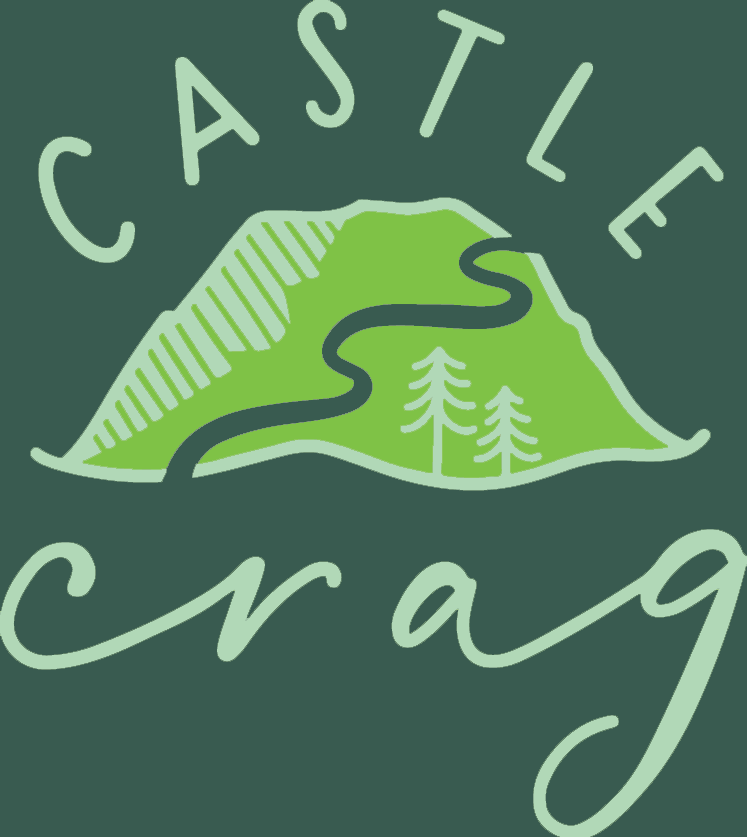If you walk the ridge above the Borrowdale village of Grange, from Maiden Moor to High Spy, you will cross a boundary line where the Skiddaw Slate of the northern fells is overlaid by the more recent Borrowdale Volcanic Series. As this boundary is approximately 450 million years old the line of demarcation has become somewhat blurred!; but walk far enough either side and the differences underfoot become clearer. And looking to the horizon, it’s easy to compare the smooth summits to the north of Skiddaw and Blencathra to the more rugged and tumbling peaks southwards.
So already there is a coaching simile / metaphor in play: coaching facilitates a shift in understanding, a shift in perspective, a shift from one level of awareness to a deeper one. The moment at which that shift becomes certain can be hard to name exactly; but travel far enough into the new reality and it becomes something which is permanent.
Castle Crag and the nearby King’s How together form the two ‘Gates of Borrowdale’, summits which create a narrow pass into new lands.
Castle Crag, below High Spy, is a slate outcropping south of the geological boundary – in other words it lies within the Borrowdale Volcanic Series. To all appearances therefore, like the yin and yang symbol, we have a both-and situation where two realities are possible – slate, traditionally known as a sedimentary rock, within a volcanic landscape where the rocks were melted and reshaped anew at incredible temperatures.
Coaching helps surface multiple perspectives and truths about a situation. It helps us make sense of the reality we’re in, the significance of the relationships, the behaviours, the choices we can create for ourselves – and it sets us on a path in which action is underpinned by deeper understanding and internal alignment of values and priorities.
Castle and Crag – the ordered constructed logical world of the castle, and the wild untamed creative nature of the crag. Both exist within each person; both support us in our choices and our response to the world around us.
There’s one final twist to the name. Castle Crag, for all its appearances, is not a classic sedimentary slate for Lakeland rooftops, laid down over time and pressurised into rock; but rather a combination of volcanic ash falls, lava flows and volcanically ‘reworked’ sandstone which gives it its classic slate structure. To our untrained eye it looks and behaves like slate, but the reality is far more complex. One truth leads to another, and like the complexity of organisational change and the subtlety of human growth and change, who we are informs what we see and how we name it over time.
